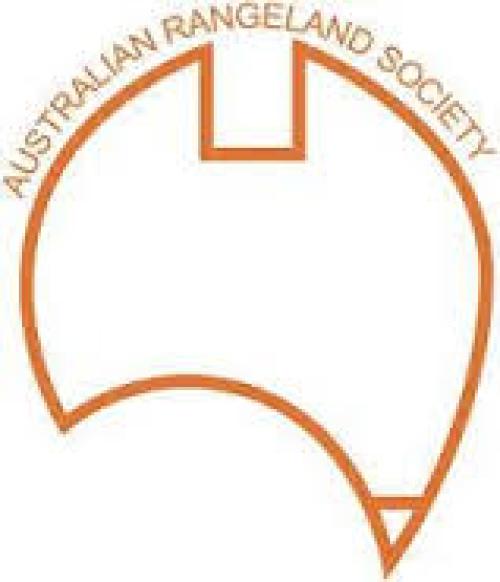The regional variation in population structure and density of trees and shrubs was investigated in four central Australian pasture types: open woodland, mulga annual, calcareous shrubby grassland and bluebush nse. The possible influences of range condition, rabbit abundance, soil erosion and so11 characteristics were examined, and the likelihood of long-term change was cons~dered. Density at some woodland and mulga sites was potentially high enough to depress pasture yield. The most common "increaser"species were Casszaspp. in open woodland and mulga (Acaciaaneura) in mulga annual. None of the measured influences related closely to population structure and density, and it is argued that changed fire regimes are most likely to have led to increasing densities of trees and shrubs. Density in calcareous shrubby grasslands was related to rabbit abundance, and smaller size classes of trees and shrubs were severely depleted whererab- bits were plentiful. Continuing loss of the woody plant resource is forecast, if rabbits are not controlled. Other measured influences were not related to woody plant population characteristics. Bluebush (Maireana miroiricha) populations were considered to be relatively stable under current management of bluebush rises.

Full-text publications from the Australian Rangelands Society (ARS) Biennial Conference Proceedings (1997-), Rangeland Journal (ARS/CSIRO; 1976-), plus videos and other resources about the rangelands of Australia.